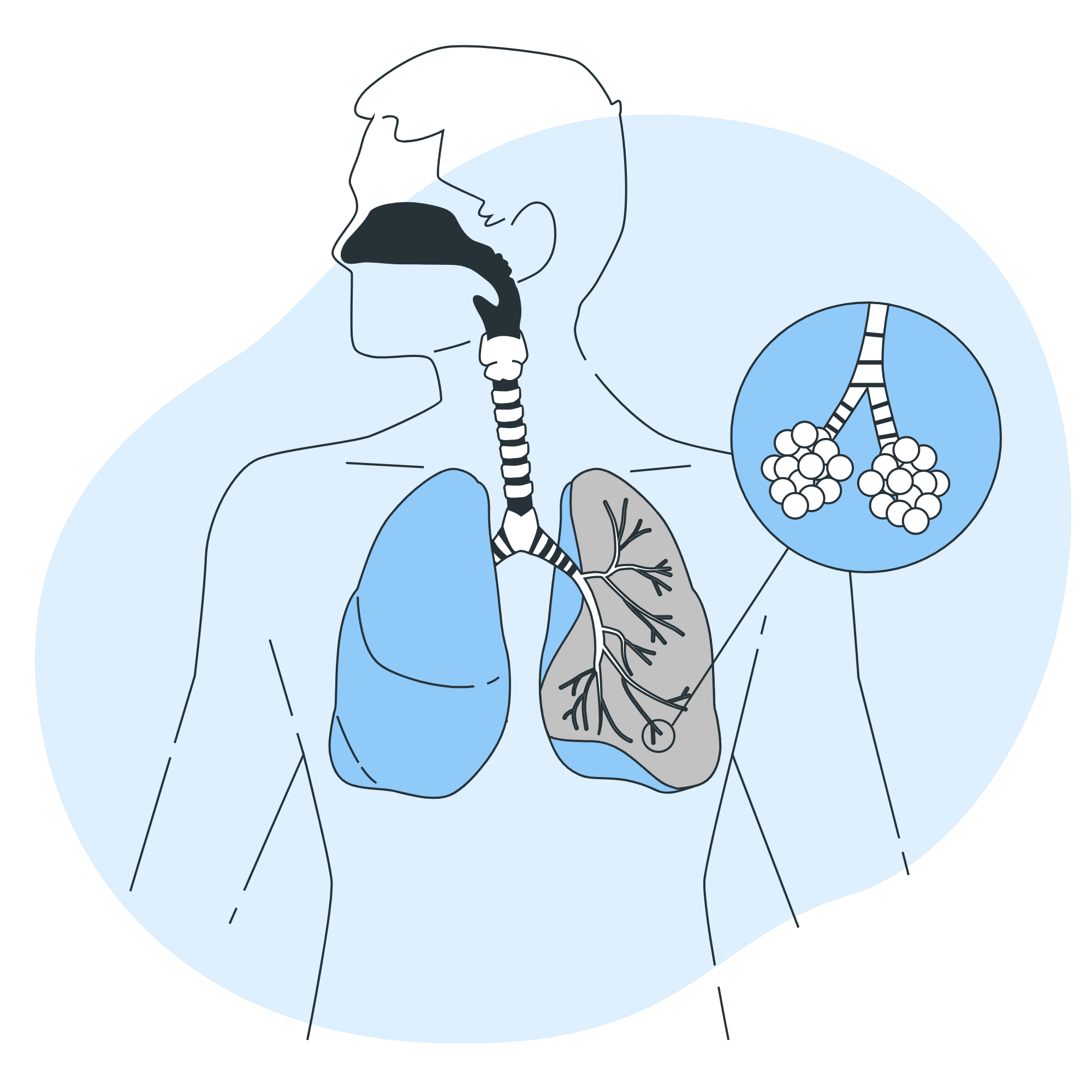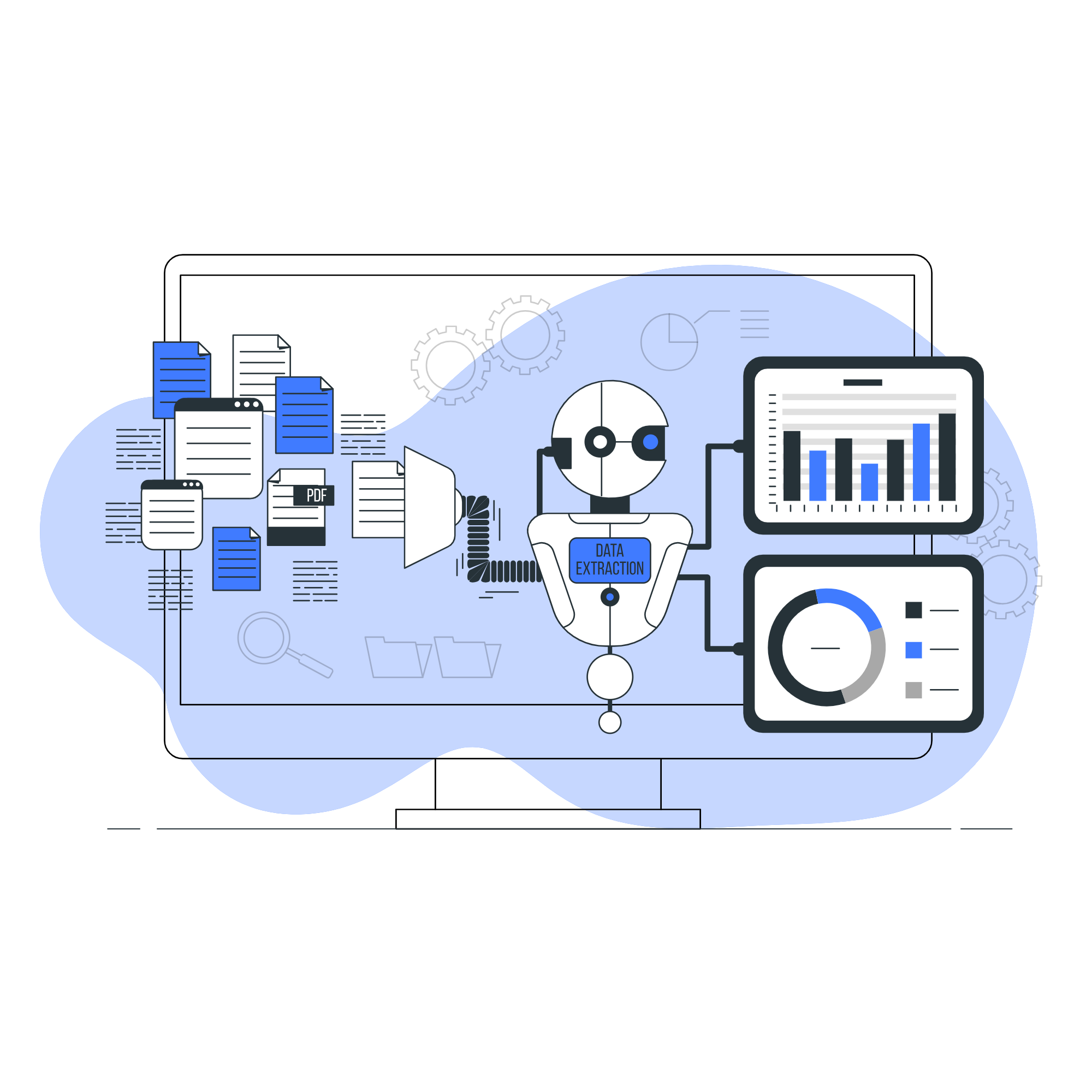Scientists at the institute are creating customized tools to assist in interpreting images and reading radiological reports of lung exams.
AI is undeniably one of the hottest topics in innovation. From banks and digital assistants to educational sectors, everyone is engaged in the quest for modernization and optimization that only this groundbreaking technology can deliver. In the healthcare sector, innovation and AI are particularly intertwined, promising significant advancements in medical care.
Referring to this new technology as “intelligence” is more than just a poetic license. In reality, machine learning happens much like our own thought mechanisms: processing a vast amount of information to develop reasoning. The better the quality of information, the deeper our understanding of a particular subject.
Setting aside our human subjectivity, we also diverge from AI in the amount of information that we’re able to process. While we may tire with a few hundred data points, machines adeptly process hundreds of thousands, maintaining a consistent level of accuracy without fatigue or distraction.
In the healthcare AI race, radiology stands out as one of the most advanced fields. The precision of image analysis could significantly improve with tools that have thousands of references for various changes that may appear in exams. Rather than replacing radiologists, AI development in imaging optimizes the time for doctors and patients. These tools expedite image acquisition and diagnostic processes, offering an initial assessment to streamline healthcare professionals’ time.
The potential for faster and more accurate diagnoses, coupled with the significant application of these tools in hospitals, is a key driver for the D’Or Institute for Research and Education (IDOR) in its AI research, specifically in thoracic radiology.








